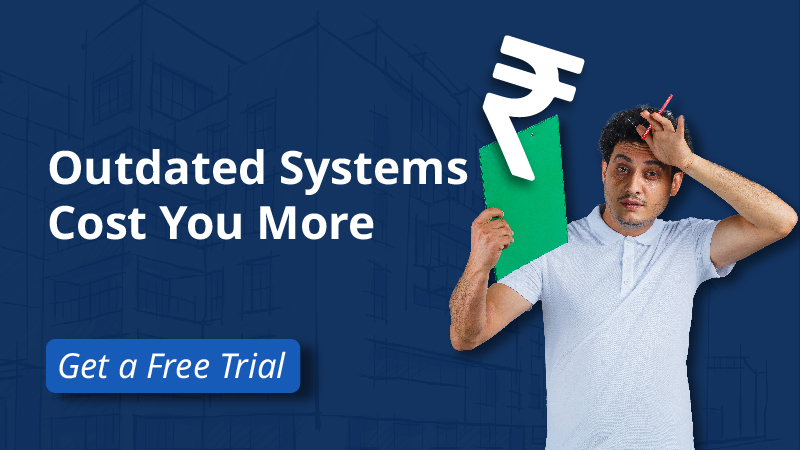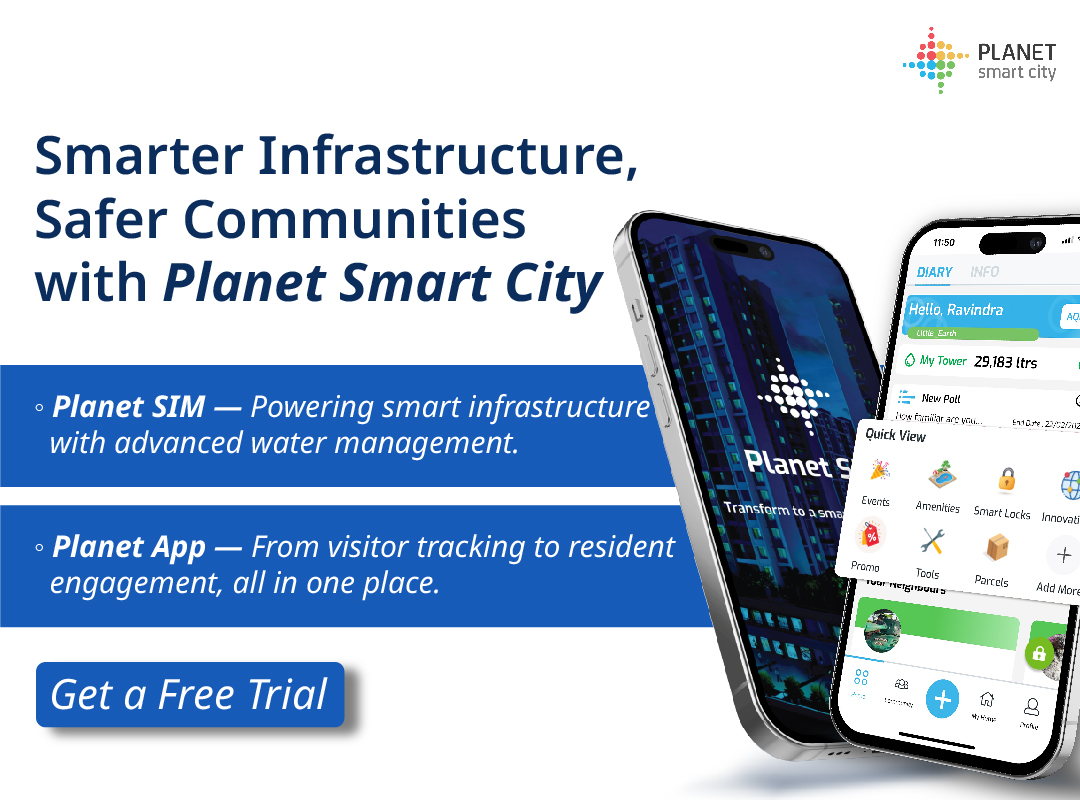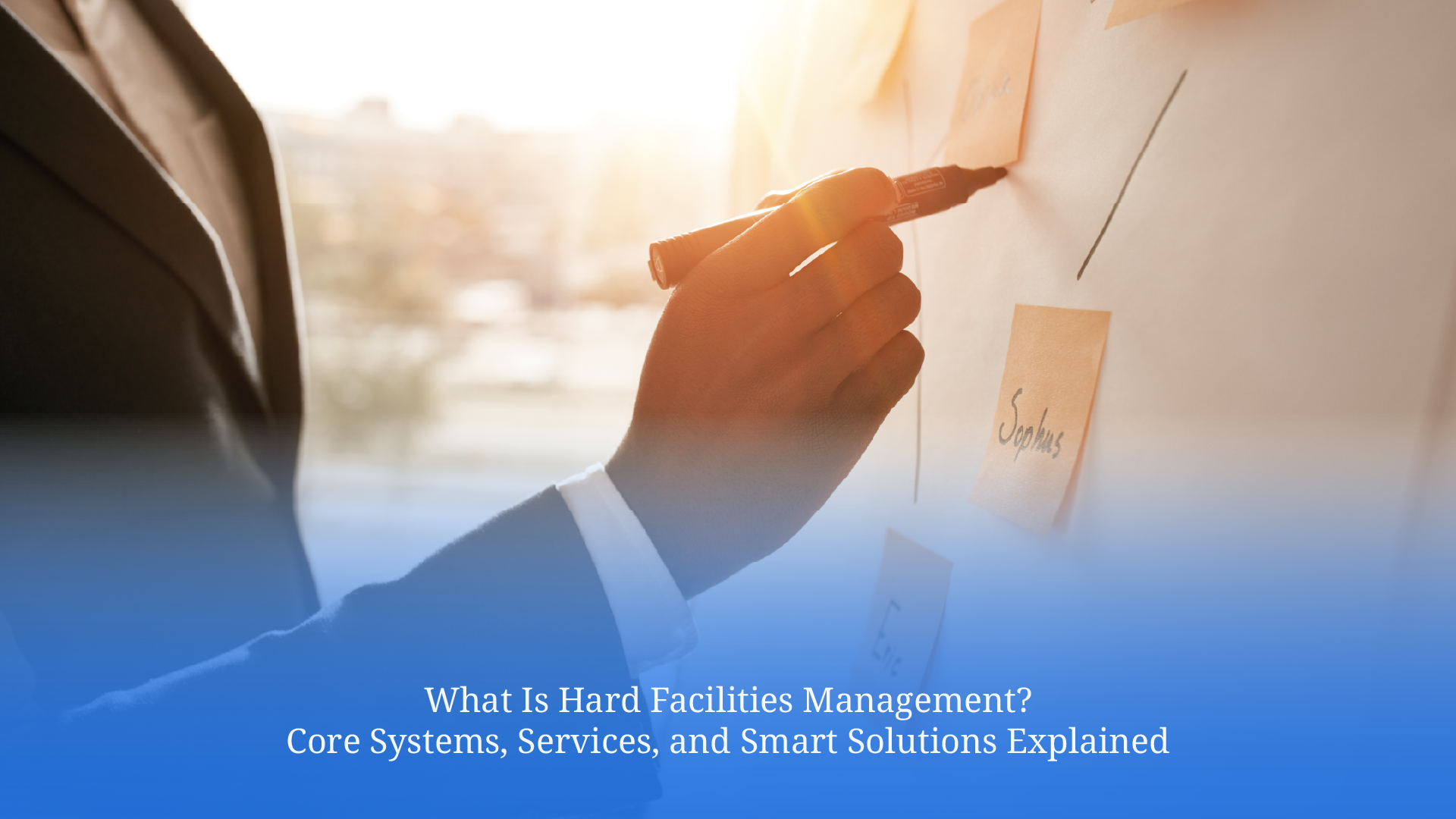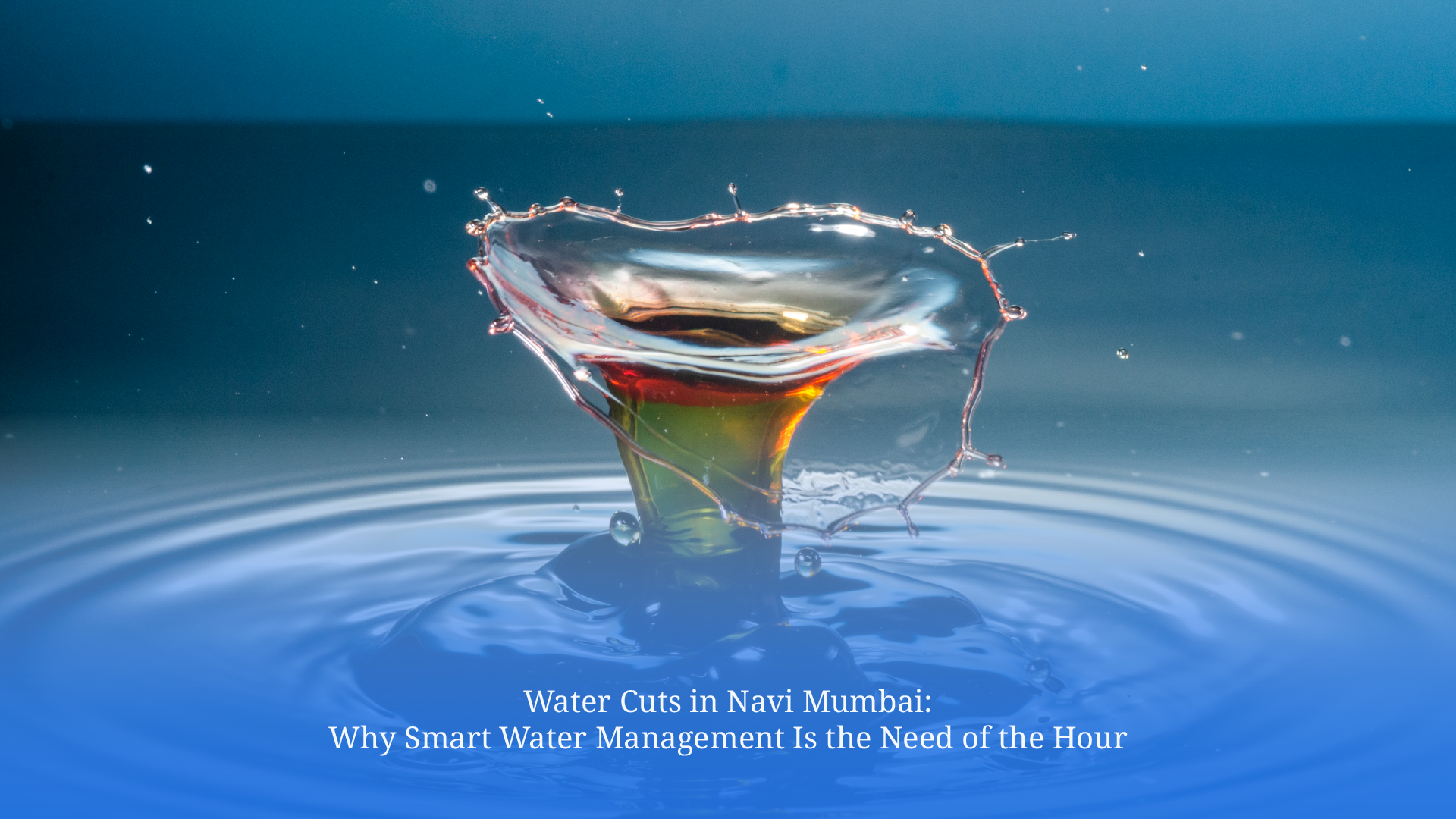What Counts as “Smart Infrastructure”?

When RWAs hear the term smart infrastructure, the first question often is: what exactly does it cover? In simple terms, smart infrastructure refers to the use of IoT-powered systems, AI tools, and digital platforms that automate, monitor, and optimise how housing societies are run. For Resident Welfare Associations, four areas stand out:
-
Water Management
Smart meters, IoT tank-level sensors, and automated pump scheduling help societies cut tanker dependence, detect leaks, and track usage in real time
-
Energy Optimisation
From motion-sensing common-area lighting to solar integration, smart infrastructure reduces electricity costs while improving sustainability.
-
Predictive Maintenance
IoT-connected devices flag issues before they become costly breakdowns. This reduces emergency repairs and prolongs asset lifecycles.
-
Resident-Side Apps
A resident app transforms engagement by digitising requests, payments, and community updates, while giving RWAs transparent data on operations.
Together, these elements create the foundation for measurable returns on investment.
Direct Operating-Cost Savings
These are the top cost centres where smart tech delivers immediate financial relief.
-
Water (Tanker + Municipal)
Tanker dependency is one of the biggest pain points for RWAs. Smart water monitoring reduces wastage and optimises pump schedules, lowering both municipal bills and expensive tanker usage.
-
Common-Area Electricity
Corridor lighting, elevators, and clubhouse facilities consume a lot of energy. Smart controls like motion sensors and solar prioritisation reduce electricity bills significantly, with some societies reporting up to 20–30% savings.
-
Emergency Repairs & Downtime
Unplanned breakdowns, whether it’s a failed pump or a tripped transformer, are both costly and inconvenient. Predictive alerts reduce these incidents, saving money and frustration.
These direct savings improve cash flow almost immediately, making ROI tangible from the first year of adoption.


Add-On Financial Upside
Here’s how smart infrastructure delivers returns far beyond reduced utility costs:
-
Property Value Uplift
Buyers increasingly look for sustainable, tech-enabled homes. Societies with smart infrastructure command a clear premium on resale value.
-
Finance
Green-rated projects often qualify for lower interest rates. By adopting smart tech, RWAs strengthen their case for concessional loans and financing.
-
ESG Compliance
Environmental, Social, and Governance (ESG) factors are shaping how lenders and investors view communities. Smart infrastructure helps societies tick these boxes, positioning them as forward-looking and sustainable.
Why Planet Smart City’s Stack Accelerates ROI
Five core elements set Planet Smart City apart in accelerating ROI for RWAs, these are:
-
Know the Pain Points
Planet Smart City begins by identifying the key pain points in your society’s infrastructure.
-
Industrial-Grade IoT Hardware
Our hardware is built to last, ensuring accuracy, reliability, and compliance with government schemes.
-
AI Scheduling & Predictive Maintenance
AI-driven pump schedules, lighting controls, and maintenance alerts ensure societies save money while reducing downtime.
-
Resident Engagement
Our Planet App brings residents on board by keeping them connected and informed, fostering a culture of accountability and community participation.
-
Open APIs
Planet SIM is designed to integrate with existing infrastructure, enabling flexibility and supporting future upgrades.
Together, these elements make PSC’s stack a true ROI accelerator for RWAs.
Case Evidence from Pune
Pune’s housing societies have seen firsthand how smart infrastructure delivers measurable ROI. At Vascon Willows Society, Planet SIM uncovered a 75% spike in night-time water usage, which led to the discovery of a hidden leakage from a faulty solar heater valve. Swift detection and repair prevented thousands of litres of water loss, reduced tanker dependency, and protected pumps from undue strain.
At Nyati Elysia in Kharadi, a 10-tower society with over 3,500 residents, Planet SIM detected abnormal nighttime consumption in Tower C1. The alert revealed a concealed pipeline fissure, saving an estimated 2,000 litres in five days and preventing annualised losses of over ₹20,000. Repairs were completed within 72 hours, boosting both efficiency and resident trust.
Both examples prove that beyond immediate cost savings, smart monitoring strengthens resilience, safeguards infrastructure, and enhances the value perception of communities embracing sustainable living.
Implementation Roadmap for RWAs
Transitioning to smart infrastructure doesn’t need to be overwhelming. We follow a simple, step-by-step approach:
- Understanding User Pain Points: Our team maps the recurring challenges faced by society.
- Walkthrough: A demo session showcases how our stack addresses these issues.
- 15-Day Trial: IoT devices are installed, and limited access is provided to 1–2 RWA members for real-time testing.
- Follow-Up: Choose monthly or yearly subscription. On the monthly plan, PSC supplies and maintains all devices, so societies avoid extra costs or upkeep.
- Customer Conversion: Once satisfied, societies are formally onboard, unlocking full-scale rollout and long-term support.
This structured journey allows RWAs to build confidence before committing fully.
Unlock Value for Residents and RWAs with Planet Smart City
For today’s housing societies, smart infrastructure is not a luxury; it’s a necessity. By reducing utility costs, cutting downtime, and enhancing resident experience, RWAs can unlock strong ROI within a short period. The financial upside only grows when property value, financing benefits, and ESG credentials are factored in.
Explore Planet Smart City’s smart infrastructure stack and discover how your society can reduce costs, increase value, and build a sustainable future.




